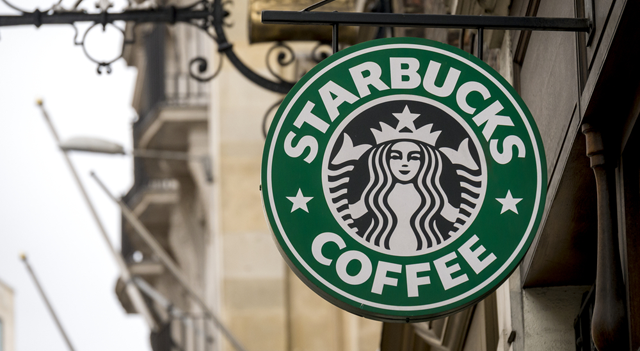Starbucks (NASDAQ:SBUX) pleased the market by reporting growth in comparable store sales for the first time in over a year, proving that its “Back to Starbucks” turnaround plan, led by CEO Brian Niccol, is showing results.
Even with lower-than-expected profits, investors initially reacted positively, with Starbucks shares rising 1.6% after the market closed, despite a 1.47% drop in regular trading. A few hours after the initial rise, the shares reversed to a 0.5% decline at the time of writing.
As of 2025, the shares have depreciated by 7.8%, while the S&P 500 index has advanced 17% over the same period.
Adjusted earnings per share were $0.52, below FactSet’s estimate of $0.56. Operating margin fell 7.1 percentage points year-over-year, pressured by labor costs, restructuring investments, and the closure of 107 stores, following steps in the $1 billion program to modernize operations and reduce expenses.
Net revenue reached US$9.6 billion, exceeding projections of US$9.3 billion. The 5% year-over-year increase reaffirms the brand’s resilience and the initial impact of the changes implemented under the new management, which include menu redesign, increased staff, and a focus on customer experience.
Comparable store sales grew 1% globally, reversing six consecutive quarters of declines. In international markets, sales advanced 3%. In China, the increase was 2%, while in the United States sales remained stable, still affected by cautious consumer behavior.
In the United States, customers have prioritized cost-effectiveness, impacting companies with higher prices, such as Starbucks. Analysts indicate that the brand still needs to balance its premium positioning with tactics that attract more price-sensitive consumers, given the competition from local coffee shops and low-cost chains.
CEO Brian Niccol stated that the company “is on track to deliver the best Starbucks experience to customers, partners, and shareholders.” He highlighted that the return to growth is a direct result of the measures taken to revitalize the brand and improve the in-store experience.
Chief Financial Officer Cathy Smith commented that Starbucks remains committed to managing controllable costs and expanding margins, although she acknowledges that the recovery will be a multi-year process. Margins continued to be pressured by inflation and investments in the recovery plan.
In recent months, the company announced the closure of hundreds of underperforming stores and the layoff of 900 corporate employees. More than 90% of the closed units were in the United States, including the historic Seattle roastery, impacted by union disputes.
Internationally, the company continues to adjust its portfolio in China, offering products with local flavors and reducing prices on non-coffee related items. Starbucks is also preparing to sell a majority stake in its Chinese operations amid domestic competition.
The company is still facing labor disputes with the union representing baristas in approximately 550 North American stores, which plans to vote on a possible strike for better working conditions and pay. Negotiations have remained stalled since last year.
Analysts at UBS and Mizuho believe that Starbucks’ recovery will be gradual but consistent, supported by its globally recognized brand. The company plans to release new financial projections in January during its next investor event.
